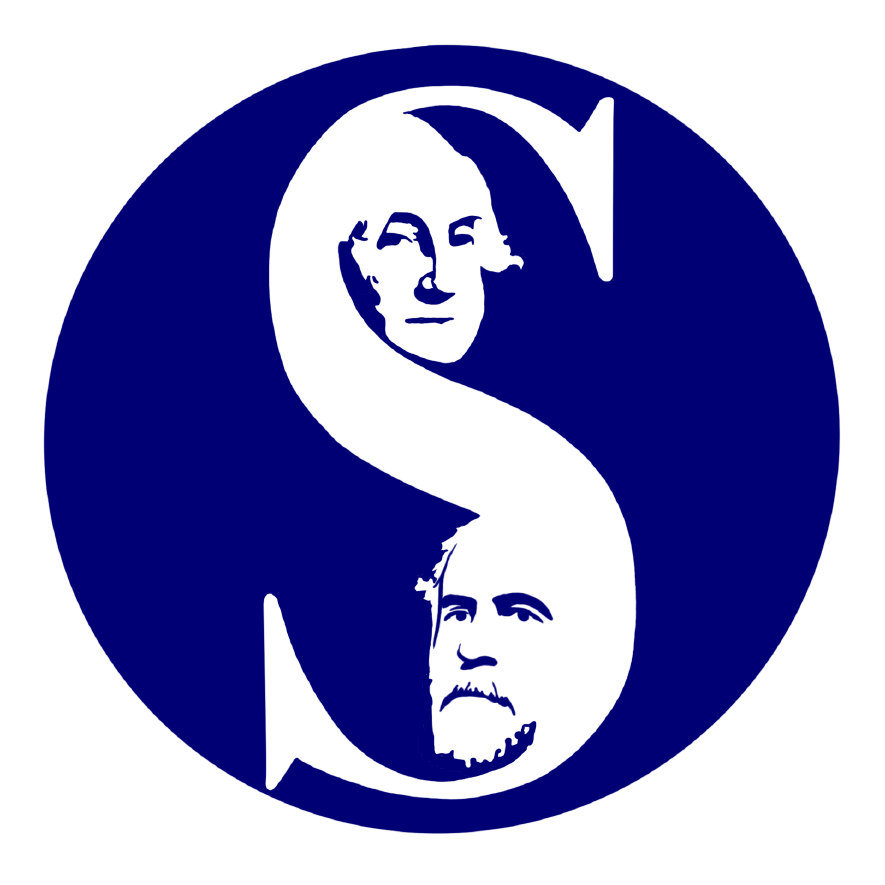W&L’s Fluctuating Academic Rankings
W&L’s Fluctuating Academic Rankings
Washington and Lee’s place among elite American colleges remains inconsistent.
(W&L’s Colonnade in the fall. | SOURCE: The Society for College and University Planning)
(Aggregate top colleges rankings of W&L in The Wall Street Journal and College Raptor. | SOURCE: Author)
For top colleges overall, W&L ranked 47th and 50th in Forbes and The Wall Street Journal, respectively, but scored 19th in College Raptor.
Regardless of the source, W&L rankings have fluctuated over the past decade, with occasional spikes and troughs. Despite the range of different rankings, W&L’s ranking improved across the board in 2025, with the exception of The Wall Street Journal’s ranking.
(Aggregate liberal arts college rankings of W&L in U.S. News and World Report, Washington Monthly and College Raptor. | SOURCE: Author)
Despite different methodologies, W&L generally performs similarly to regional and similar elite liberal arts schools. W&L typically ranks higher than regional universities like the College of William and Mary and Hampden-Sydney College, although the University of Virginia (UVA) is often ranked higher.
W&L also competes with other top liberal arts colleges, such as Davidson College and Williams College. Their reputation varies depending on the ranking used; however, most rank W&L higher than Davidson (except The Wall Street Journal), while alternating with Williams.
(The Wall Street Journal’s rankings of elite, regional universities. | SOURCE: Author)
The difference between W&L’s own rankings and its relationship with other schools across various studies is mainly due to each study’s unique methodology. Each study has different ways of evaluating and ranking colleges, all of which have evolved over time.




(The scoring methodologies of The Wall Street Journal, College Raptor, Washington Monthly and U.S. News & World Report, respectively. | SOURCE: Author)
W&L consistently performs well in academic metrics across the different sources, including scoring an 86.2 in The Wall Street Journal’s new Learning Environment metric in 2025.
(W&L Learning Environment score in 2024 and 2025, compared to peer institutions. | SOURCE: Author)
In The Wall Street Journal’s 2025 methodology, their Learning Environment Score accounts for one-fifth of the overall score. It ranks schools based on learning opportunities (5%), career preparation (5%), learning facilities (5%), and recommendation score (5%). The metric formerly accounted for 30% of the total score and consisted of the finance per student, faculty per student, and research papers per student.
W&L’s ranking in The Wall Street Journal’s Best U.S. Colleges has improved, rising from 73rd in 2022 to 44th in 2024, as the recent methodology now places greater emphasis on academics. The Wall Street Journal’s most recent rankings, though, saw W&L regress to 61st.
Another area in which W&L excels is student outcomes after graduation. In the Washington Monthly, Washington and Lee had an eight-year graduation rate of 95%, comparable to Williams College’s 96% rate and the University of Virginia’s 94% rate.
In their methodology change after 2022, The Wall Street Journal changed “Predicted Salary 10 Years after Entering College” to “Value Added to Graduate Salary.” The result did not affect W&L, which continued to rank high compared to other schools, with $60,413, higher than graduates of the University of Virginia ($54,353) and Williams ($52,109).
While W&L scores highly in academics and student outcomes, its performance in diversity metrics significantly struggles.
(W&L scored a 33 and 34 in the 2024 and 2025 Wall Street Journal diversity scores, lower than peer institutions. | SOURCE: Author)
The university consistently performs poorly in diversity categories, which can vary depending on the study. The Wall Street Journal (with the 2025 methodology) evaluated diversity based on opportunities to interact with students from diverse backgrounds (5%), ethnic diversity (1.5%), inclusion of students from lower-income families (1.5%), inclusion of students with disabilities (1%), and international diversity (1%).
U.S. News & World Report scores schools on their Pell Graduation Rate (5.5%) and Pell Graduation Performance (5.5%), both of which are recent additions to their methodology. Washington Monthly similarly incorporates the Pell graduation gap measure (20%), the number of Pell Recipients Earning a bachelor’s degree (10%), and Pell Enrollment Performance (10%) into their social mobility score (33%).
College Raptor was the only study that did not include a metric for measuring diversity. W&L was ranked the top liberal arts school in its 2025 ranking.
Washington and Lee School of Law rankings have remained consistent in both the U.S. News & World Report and Above the Law rankings, hovering in the 25-35 and 20-30 range, respectively.
U.S. News & World Report has W&L and William and Mary closely matched, while Above the Law consistently ranks W&L Law higher. Both rankings have the University of Virginia in the top ten, and even in the top five, several spots above either of the others.
(Comparative rankings of Virginia’s top law schools, according to U.S. News & World Report. | SOURCE: Author)
Similar to the undergraduate rankings, W&L Law performs well in outcomes after graduation, which accounts for 30% of the Above the Law score and 33% of the U.S. News score, respectively.
(U.S. News & World Report and Above the Law, respectively, have strikingly different ranking methodologies. | SOURCE: Author)
W&L Law reported 98.1% students employed 10 months after graduation in 2025, compared to the University of Virginia’s 99.3%.
However, the first-time bar passage rate for Washington and Lee students (83.3%) ranks lower than that of students at the University of Virginia (96.5%) and William and Mary (93%).
(Comparing various metrics for W&L Law, UVA Law, and William and Mary Law. | SOURCE: Author)
The 2024-25 rankings show that W&L continues to compete with elite liberal arts schools and regional universities that offer strong academics, despite receiving poor scores in diversity metrics.
Regarding the cause of W&L’s inconsistent rankings despite stable academic scores, which may be attributed to changes in the source's methodology, developing university policies or a confluence of factors.











